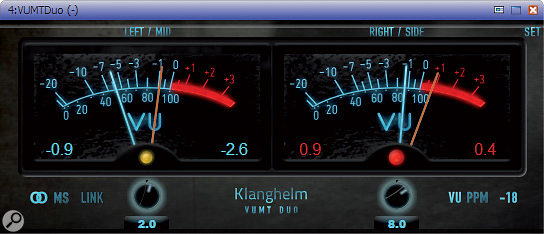I read your feature on gain staging a few years ago, but I’ve been following some blogs that say it isn’t at all necessary if you’re just working in software. Who’s right?
Daniel Bailey
SOS Reviews Editor Matt Houghton replies: We’re all right! Modern 32‑ and 64‑bit floating‑point DAW software can handle pretty much whatever level you care to add internally, and boosting or attenuating doesn’t affect the signal’s dynamic range at all — any noise in the signal is boosted or cut along with the rest, and there’s no ‘noise floor’ to worry about internally in the software. So you could, in theory, go wild, adding whatever level you wanted at every stage... and then just back off the level at the stereo bus with a trim plug‑in. As long as the true peak level signal doesn’t go above 0dBFS when it hits your D‑A converters, you’re good. Or so the argument goes...
But just because you can do that, it doesn’t make it a good idea! For one thing, there are lots of exceptions to the rule. Loads of analogue‑emulating plug‑ins don’t handle ultra‑hot levels well, and some of them genuinely have a sweet spot you need to work with, just as analogue hardware does. Such plug‑ins account for perhaps a third to a half of those I’ll use on a typical mix. But also, none of your DAW’s level meters will show much of interest if the signal is too hot or too quiet, and the more so if you’re not consistent across channels. And this is before you throw in the issue of analogue hardware — whether it’s your recording front end, or an interface>monitor controller>speaker signal chain, or using hardware as ‘external inserts’ in your DAW, you need to understand how to get the gain structure right.
So while the old adage “if it sounds right, it is right” still applies, it still makes very good sense to me to adopt an analogue approach to gain structure in your DAW. It can do your mix no harm whatsoever, and it means you avoid creating problems in the first place, rather than waste time trying to address them every time you want to insert a new plug‑in or patch in a piece of hardware. In short, instead of asking why you should do this, ask why not!

